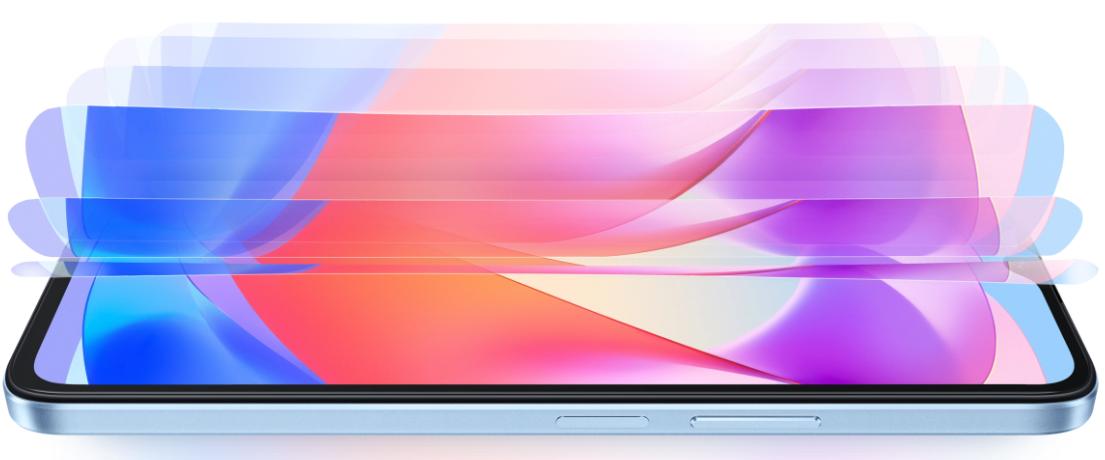In the realm of smartphones, technical specifications, and jargon can often be overwhelming for consumers. Among the many terms thrown around, "HZ" stands out as one that carries significant importance, yet it remains widely misunderstood by many. So, what exactly does "HZ" mean in the context of smartphones, and why does it matter? Let's delve into this topic to gain a clearer understanding.
What is HZ?
HZ, or hertz, is a unit of frequency that measures the number of cycles per second in a periodic phenomenon. In the context of smartphones, HZ typically refers to the refresh rate of the device's display. Refresh rate, measured in hertz, indicates how many times per second the display refreshes or updates the image being displayed.

Why Does HZ Matter in Smartphones?
The refresh rate of a smartphone's display plays a crucial role in determining the device's overall user experience. A higher refresh rate results in smoother and more fluid motion on the screen, making interactions feel more responsive and immersive. Conversely, a lower refresh rate may lead to visible motion blur and stuttering, detracting from the user experience, especially during fast-paced activities such as gaming or scrolling through content.
Common Refresh Rates in Smartphones
In recent years, smartphone manufacturers have been pushing the boundaries of display technology by introducing higher refresh rates to their devices. While traditional smartphones typically feature refresh rates of 60Hz, many modern smartphones now offer higher refresh rates of 90Hz, 120Hz, or even 144Hz.
Benefits of Higher Refresh Rates
1. Smoother Motion: A higher refresh rate results in smoother motion on the screen, making interactions feel more fluid and responsive. This is particularly noticeable during activities such as scrolling through web pages, navigating user interfaces, or playing fast-paced games.
2. Reduced Motion Blur: Higher refresh rates help reduce motion blur, resulting in clearer and more detailed visuals, especially during fast-moving scenes or transitions.
3. Enhanced Gaming Experience: Gamers can benefit greatly from higher refresh rates, as they enable smoother gameplay and reduced input lag, providing a competitive edge in fast-paced games.
4. Improved Comfort: Some users may experience less eye strain and fatigue when using smartphones with higher refresh rates, as the smoother motion can be easier on the eyes during prolonged usage.
Considerations When Choosing a Smartphone Based on HZ
While higher refresh rates offer undeniable benefits, there are several factors to consider when choosing a smartphone based on HZ:
1. Battery Life: Higher refresh rates consume more power, which can impact battery life. Users should weigh the benefits of a higher refresh rate against the potential impact on battery performance and choose a device that strikes the right balance for their needs.
2. Content Compatibility: Not all content is optimized for higher refresh rates. While many apps and games support higher refresh rates, some may not take full advantage of the increased smoothness offered by these displays.
3. Budget: Smartphones with higher refresh rates tend to be more expensive than those with lower refresh rates. Users should consider their budget and priorities when choosing a device, balancing the cost of the smartphone with the desired display performance.
Conclusion
In conclusion, HZ, or refresh rate, is a critical factor in determining the overall user experience on smartphones. Higher refresh rates offer smoother motion, reduced motion blur, and enhanced gaming experiences, making them increasingly popular among consumers. The HONOR X6a gets 90HZ, which refresh rate for smoother experience. However, users should consider factors such as battery life, content compatibility, and budget when choosing a smartphone based on HZ. By understanding the significance of HZ in smartphones, consumers can make informed decisions and ensure they select a device that meets their needs and preferences.

